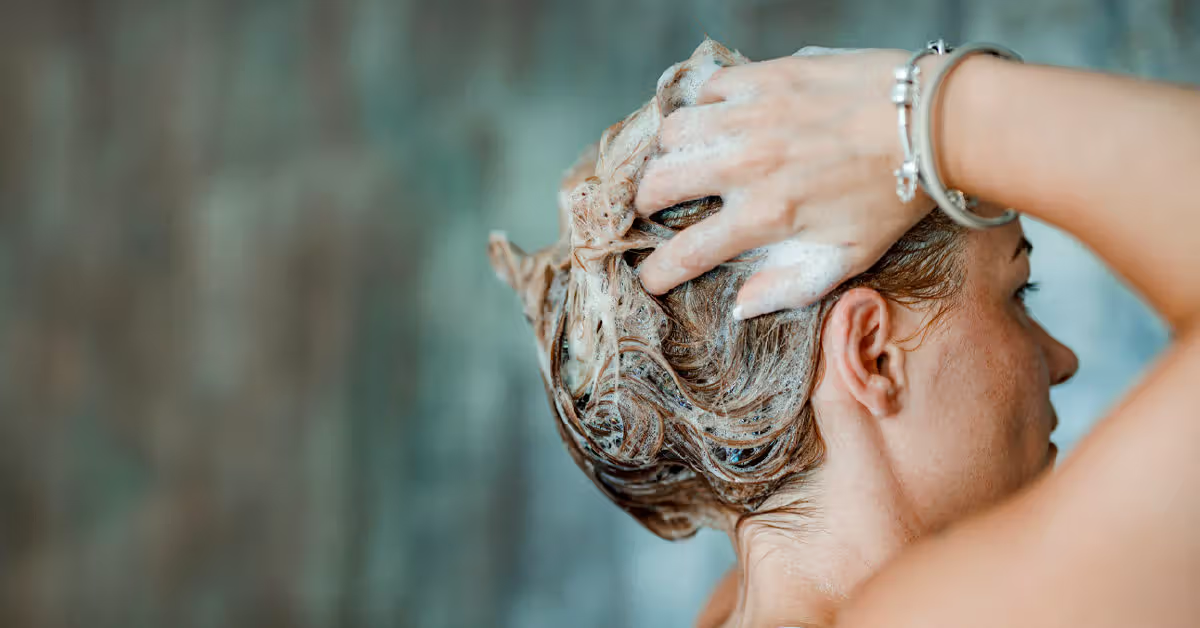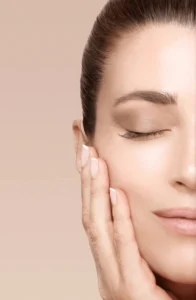In the world of hair care, shampoo and conditioner are the cornerstone products that define the health, texture, and appearance of your hair. With countless options available, it can be overwhelming to choose the right ones tailored to your specific needs. As a hair specialist, I aim to demystify the complexities surrounding these essential hair care products. This comprehensive guide will explore their roles, ingredients, and how to select and use them effectively for optimal results.
The Role of Shampoo and Conditioner
Shampoo and conditioner serve distinct but complementary functions in hair care:
- Shampoo: Designed to cleanse the scalp and hair, shampoo removes dirt, oil, sweat, and product buildup. However, over-cleansing or using the wrong shampoo can strip your hair of natural oils, leading to dryness and breakage.
- Conditioner: After cleansing, conditioner works to replenish moisture, detangle strands, and enhance softness and shine. It acts as a protective barrier, reducing the risk of damage from environmental factors and styling tools.
Understanding Hair Types and Their Needs
Before selecting a shampoo and conditioner, it’s crucial to identify your hair type and its specific needs. Here’s a breakdown:
- Oily Hair: Produces excessive sebum, often appearing greasy. Requires a clarifying shampoo to regulate oil production.
- Dry Hair: Lacks moisture and appears dull or frizzy. Needs a hydrating shampoo and a deeply nourishing conditioner.
- Curly or Textured Hair: Often prone to dryness and tangling. Benefits from sulfate-free shampoos and rich, moisturizing conditioners.
- Fine Hair: Easily weighed down by heavy products. Opt for lightweight, volumizing formulas.
- Color-Treated Hair: Prone to damage and fading. Requires color-safe, sulfate-free shampoos and conditioners with UV protection.
- Damaged or Brittle Hair: Needs repair-focused products containing proteins and strengthening agents.

Key Ingredients to Look For
Ingredients play a pivotal role in the effectiveness of shampoo and conditioner. Here are some beneficial ones to consider based on your hair needs:
- Hydrating Agents: Look for ingredients like glycerin, aloe vera, and hyaluronic acid for dry and frizzy hair.
- Proteins: Keratin, silk protein, and wheat protein help repair and strengthen damaged hair.
- Oils and Butters: Argan oil, coconut oil, shea butter, and jojoba oil provide nourishment and shine.
- Botanical Extracts: Green tea, chamomile, and rosemary promote scalp health and hair growth.
- Vitamins: Biotin, vitamin E, and panthenol support hair strength and resilience.
- Clarifying Agents: Tea tree oil, salicylic acid, and apple cider vinegar help combat oily scalp and dandruff.
- Color-Protective Ingredients: UV filters and antioxidants help maintain vibrancy in color-treated hair.
Ingredients to Avoid
While some ingredients are beneficial, others can be harmful or counterproductive:
- Sulfates (SLS, SLES): Though effective cleansers, they can strip natural oils and cause dryness.
- Parabens: Preservatives linked to potential health risks.
- Silicones: While providing temporary smoothness, they can build up and weigh down hair over time.
- Alcohols: Short-chain alcohols (e.g., isopropyl alcohol) can be drying, though fatty alcohols (e.g., cetyl alcohol) are hydrating.
How to Choose the Right Products
- Assess Your Scalp Health: A healthy scalp is the foundation of beautiful hair. Address issues like dandruff, itchiness, or excessive oiliness with targeted shampoos.
- Read the Label: Prioritize products with minimal, natural, and hair-friendly ingredients.
- Patch Test: Before committing to a new product, test it on a small section of your scalp to check for irritation or allergic reactions.
- Consider Your Lifestyle: If you’re exposed to pollutants or use styling products frequently, you may need a clarifying shampoo periodically.

Step-by-Step Guide to Using Shampoo and Conditioner
- Pre-Wash:
- Detangle your hair using a wide-tooth comb to minimize breakage.
- Rinse with lukewarm water to open cuticles and loosen dirt.
- Shampoo:
- Apply a small amount to your scalp and gently massage in circular motions.
- Avoid scrubbing or piling your hair on top of your head to prevent tangling.
- Rinse thoroughly until the water runs clear.
- Conditioner:
- Squeeze out excess water before applying conditioner to ensure better absorption.
- Focus on the mid-lengths and ends, avoiding the scalp to prevent greasiness.
- Leave it on for 2-5 minutes before rinsing with cool water to seal the cuticles.
Common Myths and Misconceptions
- Myth: Frequent shampooing leads to hair loss.
- Fact: Hair shedding during washing is natural and unrelated to shampoo frequency. Use a mild shampoo suitable for daily use if needed.
- Myth: Conditioner is unnecessary for oily hair.
- Fact: Oily hair still requires moisture. Opt for lightweight, oil-free conditioners.
- Myth: More lather means better cleaning.
- Fact: Lather is not an indicator of effectiveness. Sulfate-free shampoos often produce less lather but cleanse just as well.
Specialized Shampoo and Conditioner Routines
- For Dandruff:
- Use an anti-dandruff shampoo containing zinc pyrithione, ketoconazole, or selenium sulfide.
- Pair with a hydrating conditioner to counteract dryness.
- For Curly Hair:
- Adopt a co-washing routine (using conditioner to cleanse) to retain natural oils.
- Deep condition weekly to maintain elasticity.
- For Chemically Treated Hair:
- Use sulfate-free, protein-rich shampoos and conditioners.
- Incorporate a bond-repair treatment into your regimen.

DIY Shampoo and Conditioner Options
For those who prefer natural alternatives, here are simple recipes:
- DIY Shampoo:
- Mix 1 cup of water with 1 tablespoon of baking soda and a few drops of essential oil (e.g., lavender).
- Use as a gentle cleanser.
- DIY Conditioner:
- Blend 1 cup of coconut milk with 2 tablespoons of honey and apply to your hair.
- Leave for 10-15 minutes before rinsing.
When to Switch Products
Signs that it’s time to change your shampoo or conditioner include:
- Increased hair breakage or shedding.
- Persistent scalp issues like itching or flaking.
- Hair feeling greasy or weighed down despite regular washing.
Professional Tips for Healthy Hair
- Limit heat styling to prevent damage.
- Protect hair from sun exposure by wearing hats or using UV-protective sprays.
- Trim split ends regularly to maintain a polished look.
- Stay hydrated and eat a balanced diet for optimal hair health.
Conclusion
Shampoo and conditioner are more than just cleansing and conditioning agents; they are integral to maintaining your hair’s health and beauty. By understanding your hair’s unique needs and choosing products accordingly, you can achieve luscious, healthy locks. Remember, consistency and proper care are key. For personalized advice, consult with a hair care specialist to tailor a regimen that works best for you.












